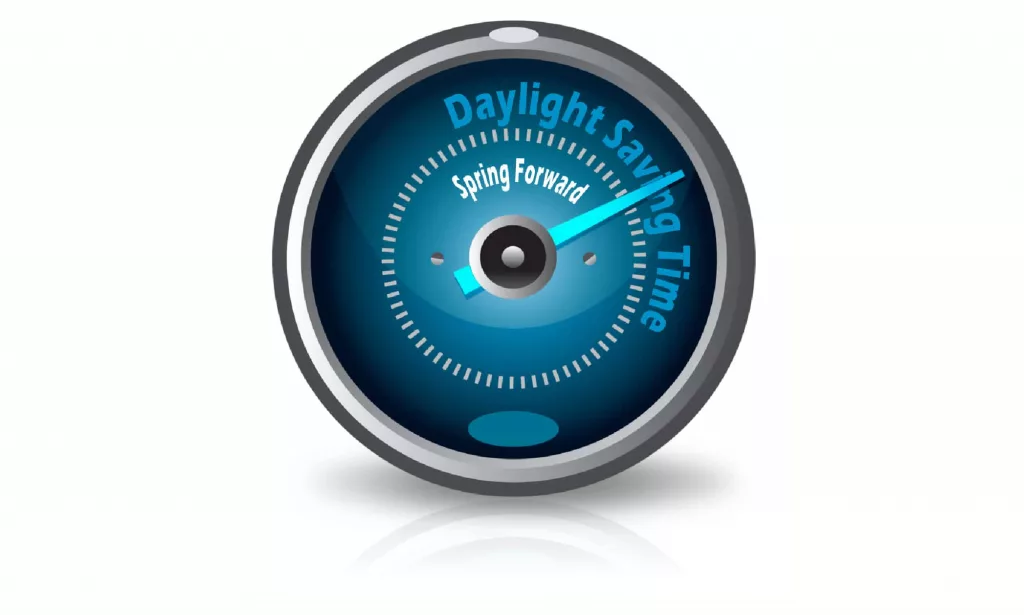In a simpler day and time, when Daylight Saving Time began or ended, we essentially had one job. Set the clock ahead an hour in the spring, set it back an hour in the fall.
Then came the addition of reminders to change smoke alarm batteries.
Then they wanted us to also install and or check on the status of Carbon Monoxide Alarms.
As long as we were doing all those things, why not practice the family fire escape plan when the time change takes place.
Now, even the Michigan Department of Transportation is getting in on the act, reminding everyone over the past several years to be especially vigilant on the first couple of days after the time change in traffic to watch for kids going to school and different light conditions based on the clock change.
To help you sort out your task list for this weekend, take a look at what is being suggested.
Michigan’s Department of Licensing and Regulation Director and the State Fire Marshal are reminding you of the plans they recommend.
As Daylight Saving Time goes into effect this weekend, LARA Director Orlene Hawks and State Fire Marshal Kevin Sehlmeyer remind everyone to adopt the life-saving habits of changing the batteries in their smoke alarms and practicing their home fire escape plan.
LARA Director Hawks says, “Families need to develop a home fire escape plan and practice it often,” and adds, “Make sure all family members – especially children – recognize the sound of the smoke alarm and respond to it by following the escape plan.”
State Fire Marshal Kevin Sehlmeyer warns, “In as little as three minutes, a home can be totally engulfed in flames,” and urges, “Having working smoke alarms provide an early warning, giving the family a chance to escape the home.”
According to the National Fire Protection Association, approximately three of every five home fire deaths resulted from fires in homes with no smoke alarms (40-percent) or no smoke alarms that were working (17-percent). Never remove or disconnect batteries from detectors unless you are putting a new battery in the smoke alarm.
The state fire marshal recommends the following:
- “Press to Test” smoke alarms monthly using the test button.
- In 9-volt smoke alarms, replace batteries twice a year or when the smoke alarm begins to chirp, signaling that the battery is running low.
- Install a smoke alarm in every bedroom or sleeping area and have one smoke alarm on every level of the home, including the basement.
- For added protection, consider an interconnected smoke alarm system, so that when one smoke alarm sounds all the smoke alarms sound in the whole home.
- Hardwired smoke alarms are more reliable than those powered solely by batteries.
- Newer smoke alarms come with lithium batteries that can last up to ten years.
- Every ten years replace all your smoke alarms, or sooner if they do not respond properly when tested.
- Choose alarms that bear the label of a recognized testing laboratory.
People who are deaf or hard of hearing should equip their homes with alert devices such as high intensity strobe lights, and pillow or bed shakers that are activated by the sound of a standard smoke alarm.
Sehlmeyer urges families to know two ways out in a home fire escape plan and practice it twice a year. Make sure all family members – especially children – know and follow the family’s escape plan. Children are at an increased risk of dying in a home fire because they can become scared and confused when a fire starts.
Carbon monoxide alarms are also critically important safety equipment in the home. Carbon monoxide is called the invisible killer as carbon monoxide cannot be seen or smelled. This poisonous gas can come from a variety of sources and can quickly incapacitate and kill its victims.
Carbon monoxide alarms should be installed on every level of the home and outside sleeping areas. Carbon monoxide alarms need fresh batteries at least once every year, unless they are powered by sealed ten-year batteries. Carbon monoxide alarms should also be tested once a month to make sure they are working properly.
MI Prevention is a statewide program that is working to reduce fire fatalities in urban, suburban, and rural communities across the state. It is comprised of more than 80 members from fire departments across the state, the Bureau of Fire Services staff, and representatives from partnering organizations, including the American Red Cross-Michigan Chapter, and support of the NFPA.
MDOT also has suggestions for vigilance following the time change this weekend.
They says that as clocks “spring forward” to daylight saving time at 2 am tomorrow morning, Sunday, March 8th, motorists should watch out for pedestrians, joggers, and bicyclists. Sunrise will occur one hour later, meaning that it will be darker later in the morning.
Director Paul Ajegba says, “Driving through school zones becomes more challenging for motorists during the first week of the time change,” adding, “Pedestrians, joggers, and bicyclists should wear brighter, reflective clothing in order to be seen more easily, and those behind the wheel need to pay close attention and eliminate distractions while driving.”
Motorists are reminded that bicyclists are permitted to ride on most roadways in Michigan. Bicyclists are reminded that, as legal roadway users, they are required to obey all traffic laws, signs, and signals. A person operating a bicycle upon a highway or street at less than the existing speed of traffic shall ride as close as practicable to the right-hand curb or edge of the roadway.
According to the National Highway Traffic Safety Administration, there were 6,283 pedestrian deaths and 857 bicyclist deaths resulting from traffic crashes in 2018. Unfortunately, those incidents were 3.4-percent and 6.3-percent increases, respectively, from the previous year.
Data shows that most of the pedestrian fatalities (76-percent) and bicyclist fatalities (50-percent) occurred during dark conditions between 6 pm and 8:59 pm. In Michigan, there were 145 pedestrian fatalities and 21 bicyclist fatalities in traffic crashes, with 78-percent pedestrian fatalities and 57-percent bicyclist fatalities involved in traffic crashes that occurred during dark conditions.
MDOT is working with partners statewide on the Toward Zero Deaths safety campaign based on the National Strategy on Highway Safety, which is intended to influence driver behavior and improve safety.






